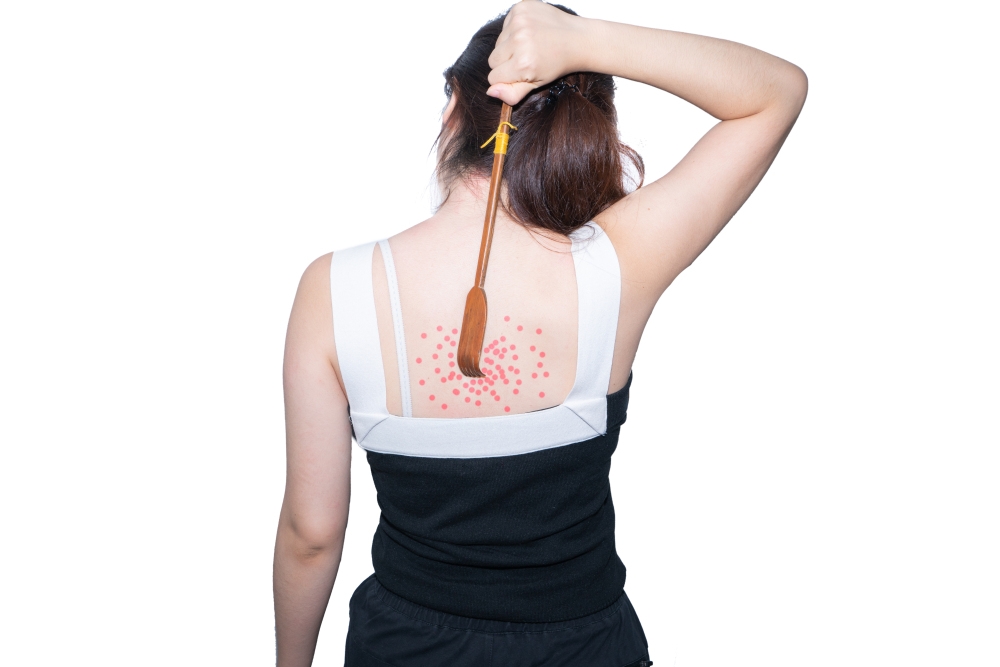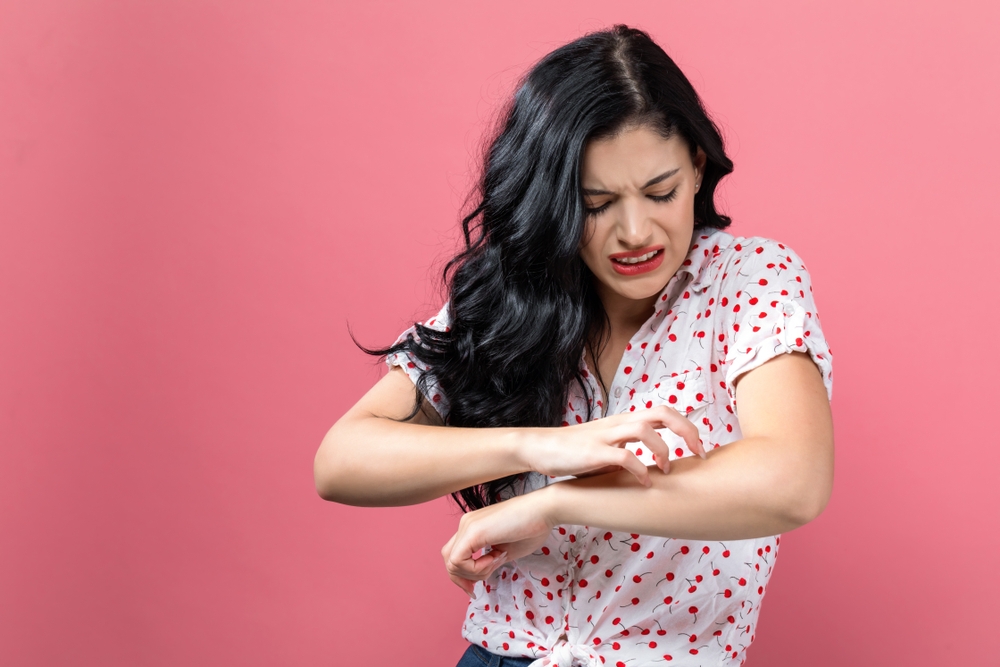
1. Is lipid-deficient eczema what?
Asteatotic eczema, also known as winter pruritus, fissure eczema and winter eczema, is an eczema-like dermatitis, which is mainly found in the skin of the elderly, especially the lower legs, forearms and hands. The skin is characterized by scaly chapped skin, accompanied by pruritus, and may become red, swollen and bleeding after scratching.
Generally, symptoms can be relieved by changing bathing habits and moisturizing. Drug treatment is required when symptoms are serious. The therapeutic effect is good, but it is easy to relapse in winter and low humidity environment.
2. Is what the cause of lipid-deficient eczema?
The main reason may be sebum deficiency and moisture deficiency in the skin.
There are many reasons for sebum deficiency, such as old age, low environmental humidity, frequent and long-term hot water baths, excessive skin cleaning products, certain drugs (such as diuretics and antiandrogen drugs), nervous system abnormalities (hypohidrosis), thyroid diseases, lack of certain nutrients, etc.
3. Is lipid-deficient eczema inherited?
There is no evidence that it is related to heredity.
4. Is lipid-deficient eczema contagious?
It’s not contagious.
5. Which department do you usually go to see for lipid-deficient eczema?
Dermatology.
6. Is lipid-deficient eczema common?
More common.
7. Will children/young people suffer from lipid-deficient eczema?
It also happens among young people.
8. Is the occurrence of lipid-deficient eczema related to seasons?
In winter, the skin is drier, especially indoor heating reduces the humidity and is more prone to lipid-deficient eczema.

9. Which groups are more prone to lipid-deficient eczema?
Older people are more common, men are more than women. Frequent and long-term hot water bath, use too strong skin cleaning products and other people are prone to lipid-deficient eczema.
10. Does hypolipidemic eczema have what manifestations?
The skin is dry, with cracks similar to fish scales, the edge is tilted, accompanied by itching. After scratching, epidermis peeling, erythema, local edema and even hemorrhage may occur. In severe cases, large areas of redness, dryness and superficial skin cracks may occur.
11. Where does lipid-deficient eczema often occur?
Most of them occur on the skin of the extension side of the lower leg (in front of the tibia), and also on the thigh, arm and trunk.
12. Which diseases are easily confused with lipid-deficient eczema?
Hypolipidemia eczema is typical and easy to diagnose. It may need to be distinguished from deposition dermatitis of lower limbs, which is often accompanied by varicose veins.
13. Do patients with lipid-deficient eczema have to go to the hospital?
In most cases, self-adjustment of bathing habits and application of skin moisturizing products can improve without medical treatment. When symptoms are severe, medication may be required.
14. How to treat lipid-deficient eczema?
1) If the symptoms are not serious and do not affect sleep, you can wipe the moisturizing cream on your own. It is better to put a humidifier on your home. When bathing, you should pay attention to lowering the temperature and shortening the time. Using milder bath cleaning products can relieve the symptoms.
2) If pruritus is serious and affects sleep, it is recommended to see a doctor for treatment, which may require oral antipruritus drugs and external application of hormone-containing ointment to relieve it.
15. How to prevent lipid-deficient eczema?
Pay attention to the indoor environment not to be too dry, use milder bathing products when bathing, the water temperature should not be too high, the time should not be too long, and often apply some skin lotion to avoid scratching.
16. Can lipid-deficient eczema be completely cured?
The therapeutic effect of lipid-deficient eczema is good, but it also relieves symptoms and cannot guarantee radical cure. It is easy to occur repeatedly in winter and low humidity environment.
